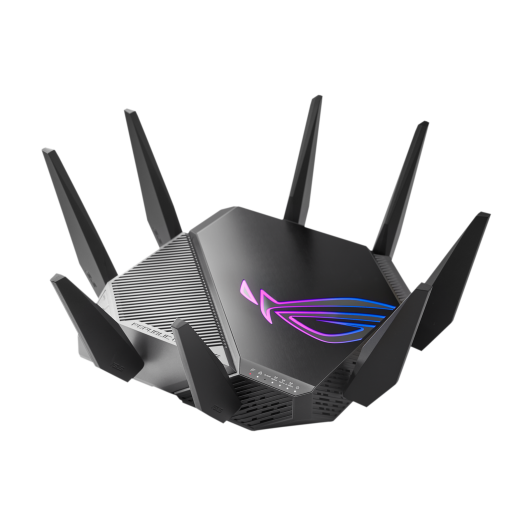I have used Pi-hole for a long time and recently I have been playing around with Tailscale. It has not been seemless. I run Pi-hole on my home server rather than a Raspberry Pi and have quite a bit of experience managing it. A few years back I deployed it in a corporate environment as part a Git managed DNS solution using Pi-hole and Bind 9. I have been elbow deep in its guts!
When I first set everything up it seemed to work. Then at some point, a couple of hours later there was no blocking and the Pi-hole wasn’t receiving any requests. After digging around I thought it had something to do with Tailscale’s Magic DNS. So I stopped Tailscale and brought it back up with the –accept-dns=false option. This should have solved the problem but, much to my amazement, it did not. After some digging around I paused dealing with this as I decided to use one of my domains instead of a .local, and externally uresolvable, naming scheme. I am using local.<domain>.<com> now, so I had a few DNS entries to make with my registrar before doing anything else.
Meanwhile I switched ISPs from Xfinity to ATT in order to get synchronous upload and download speeds. I moved from 1Gbps down and some paltry upload speed to 2.5Gbps both directions. Of course I didn’t have a router that supported 2.5Gbps so I had a to get a new router. I went with an ASUS ROG Rapture GT-AXE11000 and spent a couple of hours figuring out how to switch the IP passthrough to a new MAC address. Spoiler alert: It was really easy and I made it much more complex than it needed to be.
At this point I need to revisit the Pi-hole/Tailscale bits because the original digging in led me down a rabbit hole. This post doesn’t even really capture the nuances or actual thoughts that got me away from my troubleshooting. I suspect I will end up with a Tailscale subnet router on the refurbished HP EliteDesk I ordered to use as a more robust firewall than the router provides and to run services like a subnet router. I plan on using an immutable/atomic OS such as Flatcar and run the subnet router in Docker container.
This seems like enough rambling for now so I’ll wrap this up. I have some other projects I want to opine on, such as my rewrite of a Steel Series keyboard OLED screen utility and developing a card game in Python but those are best saved for another day. Remember to hydrate and that kindness costs you nothing.
Some home networking musings...
Mark L Potter
|
Jun 5, 2024
